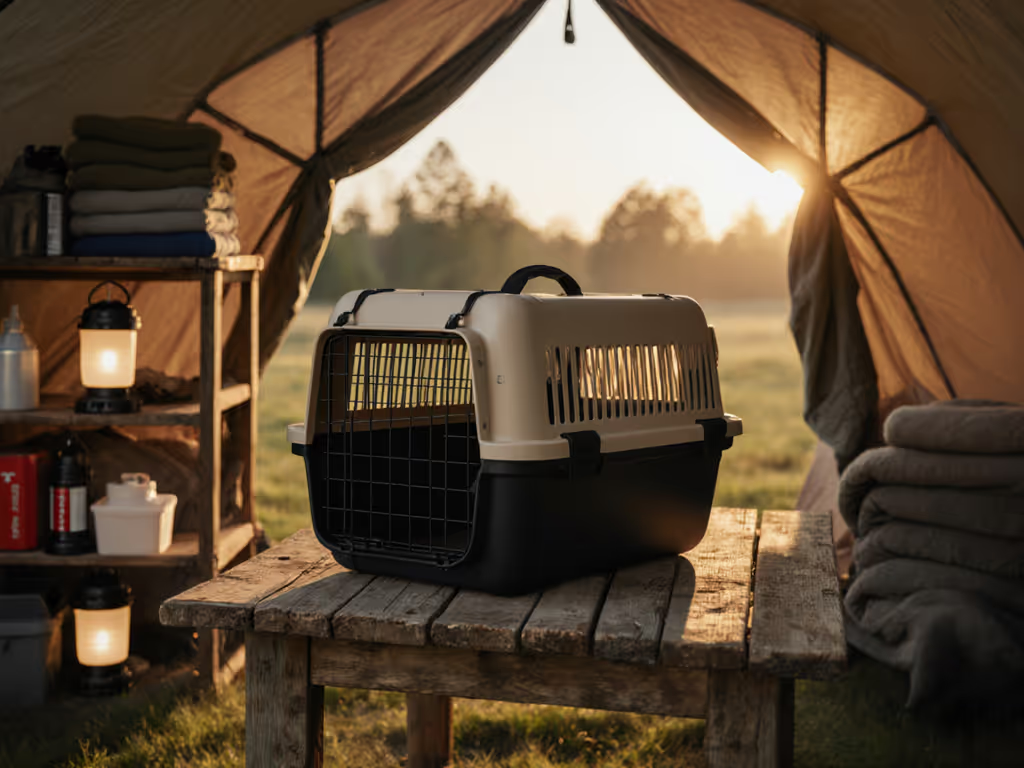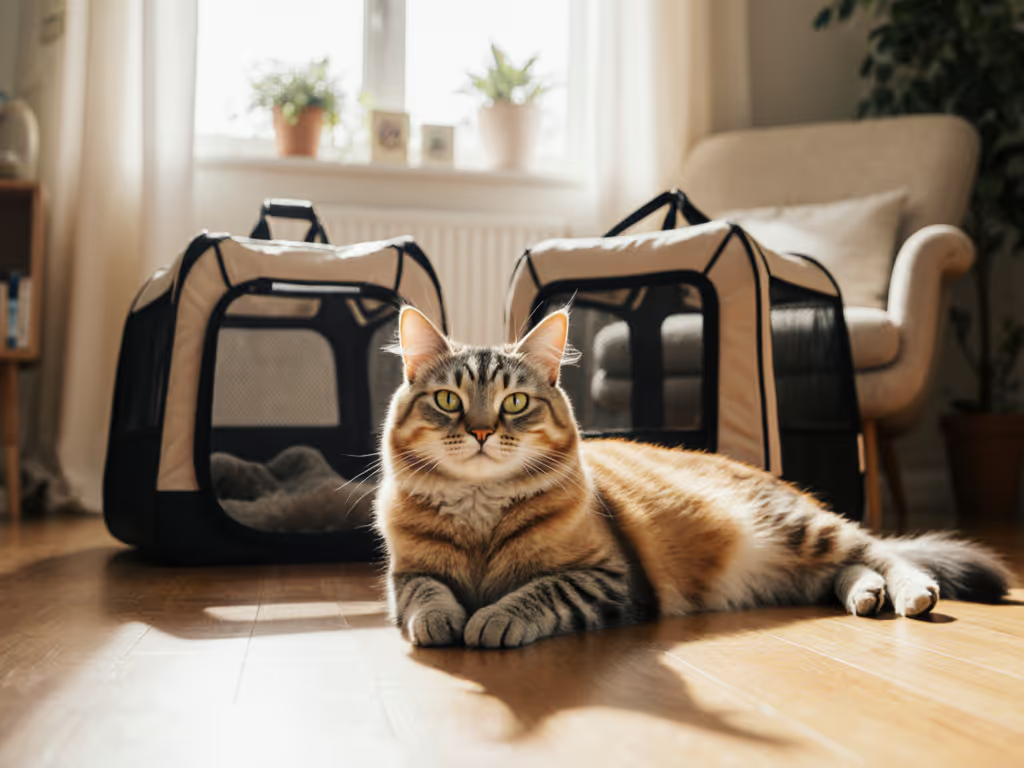
Small Exotic Pet Travel Carriers: Airline Size Guide
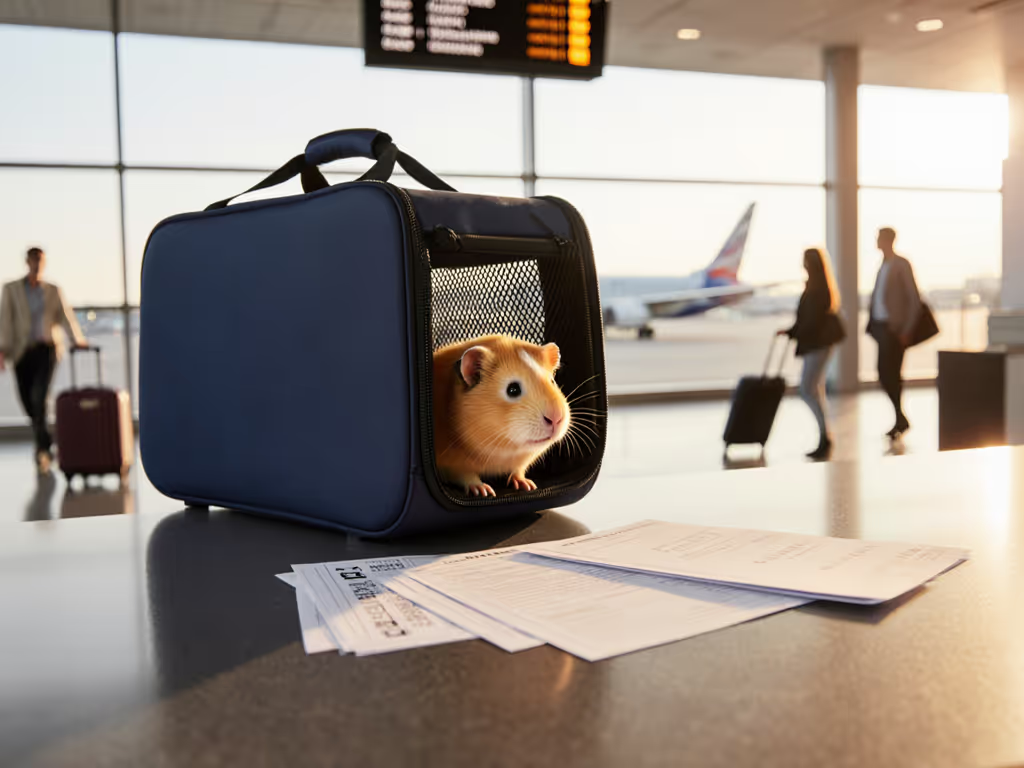
Navigating airline requirements for travel pet carriers feels like decoding classified documents when you're traveling with small exotics. Whether you're planning a cross-country move with your rescue rabbit or a vet visit for your bearded dragon, the right exotic pet travel solution is not about finding the "cute" bag. It is about translating complex, aircraft-specific dimensions into a carrier that fits both your pet and the airline's underseat bin. Comfort is not just about your pet. It is the safety buffer that keeps both of you moving through the terminal without panic or pain. When your hands tingle from poorly distributed load paths after just 15 minutes, you understand why ergonomic design is non-negotiable.
Why Airline Dimensions Matter More for Small Exotics
Most airlines treat rabbits, guinea pigs, reptiles, and other small exotics under the same size rules as cats and dogs, but enforcement varies wildly based on your aircraft type. For airline-by-airline size limits and documentation tips, see our Airline-Approved Pet Carriers guide. American Airlines, for example, allows soft-sided carriers up to 18 x 11 x 11 inches on most flights, but reduces to 16 x 12 x 8 inches on American Eagle regional jets. Delta recommends the same 18 x 11 x 11 soft-sided standard as their "fits most aircraft" sweet spot.
Critical reality check: A 10-pound rabbit needs more length than height, while a corn snake requires secure ventilation that does not compromise structural integrity. Standard "medium" carriers often fail exotic pets by optimizing for cats and dogs.
Decoding the Measurement System Airlines Actually Use
IATA's Container Requirements provide the only universal sizing methodology airlines reference, but you need to translate their formulas to exotic pet anatomy:
- A = Length from nose to base of tail (critical for lop-eared rabbits or long-backed chinchillas)
- B = Elbow height (determines minimum carrier height when sitting)
- C = Shoulder width (often wider in guinea pigs than cats of similar weight)
- D = Standing height (essential for reptile transport containers where posture affects stress levels)
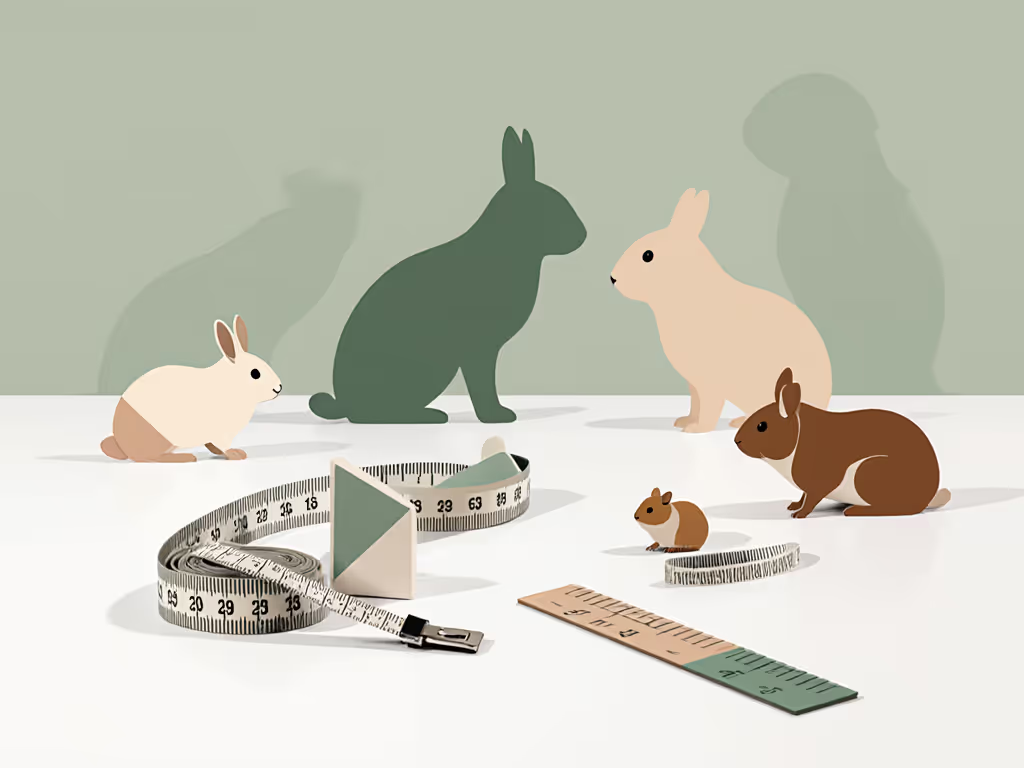
Exotic-Specific Sizing Adjustments
- Rabbit carriers: Add 2-3 inches to "A" measurement for natural stretching posture
- Guinea pig travel cases: Width (C) must accommodate their stocky build, use "C x 2.2" not standard "C x 2"
- Reptile transport containers: Height (D) must include vertical space for climbing species; add 15% for thermal gradient needs
Field-tested measurement checklist:
- Measure pet in resting posture (not stretched out)
- Add 1 inch for movement margin
- Verify against your specific flight's aircraft (Google "[airline] + [flight number] + aircraft type")
- Test carrier fit under airline seat mockup (kitchen chair + table works)
Load Distribution: Why Your Comfort Affects Pet Safety
That cross-town commute with a 16-pound cat in a flimsy shoulder tote left my neck screaming and hands numb. Switching to a frame-supported backpack with load lifters transformed flights, stairs, and transfers from dread to doable. The same physics applies to small exotics:
- Rabbit carriers need bottom-weighted balance (their center of gravity sits farther back)
- Guinea pig travel cases require even side-to-side distribution (they panic when tilted)
- Reptile transport containers must maintain thermal stability during transitions (no cold drafts from shifting load)
Ergonomic essentials for exotic pet carriers:
- Hip belt for loads over 8 lbs (even small exotics add up with padding)
- Load lifters that transfer weight from shoulders to hips
- Trolley sleeve compatibility for multi-modal travel
- Minimum 4-point compression straps to prevent shifting
Remember: Comfort is capacity you actually use for miles. A "lightweight" carrier that forces you to cradle it awkwardly for 30 minutes becomes a safety hazard when you're navigating security lines or transit transfers.
Aircraft-Specific Verification Protocol
Do not assume your carrier fits all flights. Airlines enforce dimensions differently based on aircraft type:
| Aircraft Type | Soft-Sided Max | Hard-Sided Max | Exotic Pet Consideration |
|---|---|---|---|
| Boeing 737/A320 | 18x11x11" | 19x13x9" | Guinea pigs fit in width but test length on reclined seats |
| American Eagle | 16x12x8" | 15x10x7" | Rabbits often exceed length, consider folding carriers |
| A321T (3-cabin) | 18x8x14" | 17x7x13" | Reptile containers must fit height limit for Business class |
Gate reality check: Airlines weigh combined pet + carrier (most limit to 20 lbs including padding). A 5-lb rabbit in a 7-lb carrier with 2 lbs of padding = 14 lbs (leaving just 6 lbs for thermal regulation materials).
Pre-Flight Fit Test: Beyond the Kitchen Floor
The true test is not whether your carrier fits under a table at home. It is whether it slides smoothly under an airline seat while accommodating your pet's natural posture changes. Many travelers discover too late that their guinea pig travel case fits lengthwise but lacks the vertical clearance when the seat in front reclines.
72-hour pre-flight checklist:
- Test the stairs, not just the hallway: simulate terminal escalator use with fully loaded carrier
- Verify ventilation alignment (reptile containers need airflow that will not trigger cold drafts)
- Load with weighted dummy (rice bags work) matching your pet's weight distribution
- Confirm zipper operation with gloves (cold airports demand accessibility)
- Check aircraft-specific dimensions via the airline's flight lookup tool
- Practice emergency extraction (veterinary access without full unzipping)
- Validate thermal performance (ice pack test in summer, hand-warmer test in winter)
Actionable Next Steps for Stress-Free Travel
Stop gambling with carrier returns and gate denials. Within 24 hours of reading this:
- Measure your pet using IATA formulas (A, B, C, D) with posture-specific adjustments
- Look up your specific flight's aircraft using the airline's website, do not rely on generic "fits most" claims
- Test-load your preferred carrier with equivalent weight before final purchase
- Practice the "commute drill" with fully packed carrier through your neighborhood
Comfort is a safety feature (for you and your pet). When your load path feels effortless across terminals, stairs, and transfers, you are not just avoiding personal strain, you are creating the calm environment your exotic companion needs to travel safely. The right carrier transforms "Will we make it?" into "We've got this."
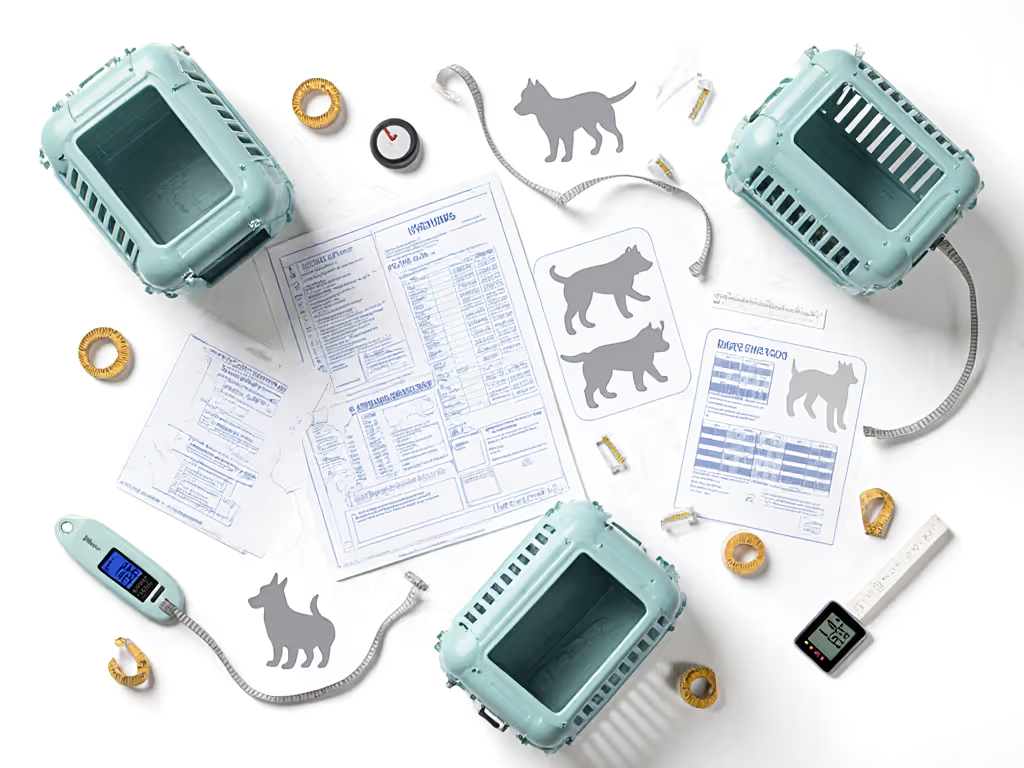
Related Articles

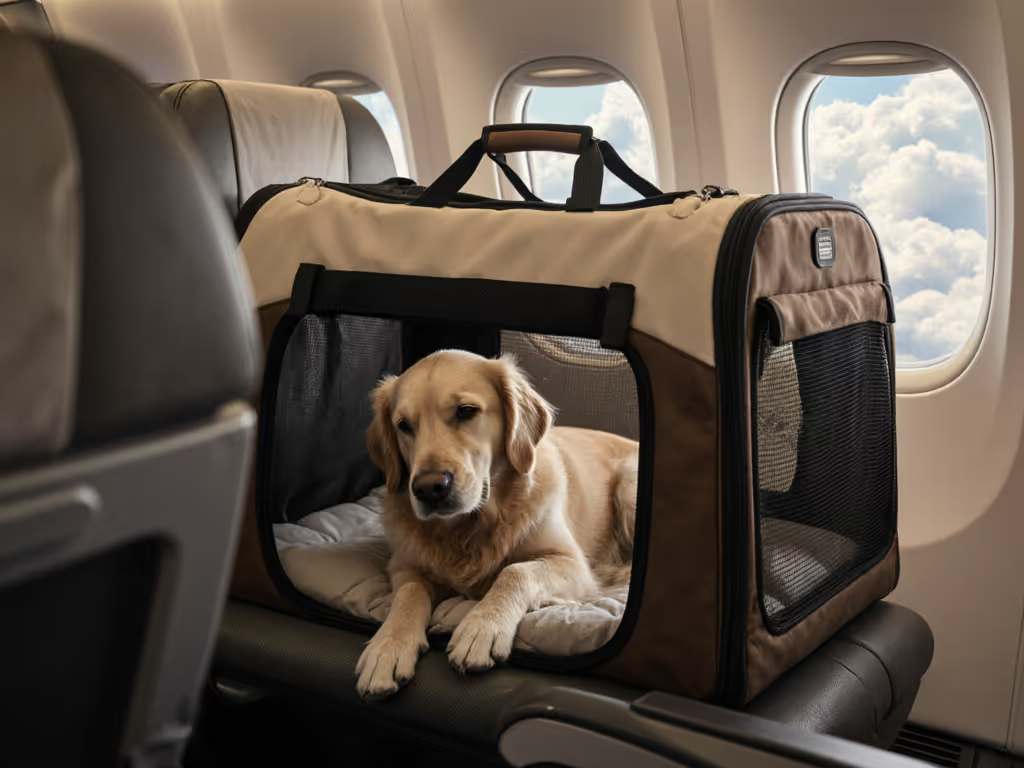
Arthritis-Friendly Pet Carriers: Large Comfort Travel Tested
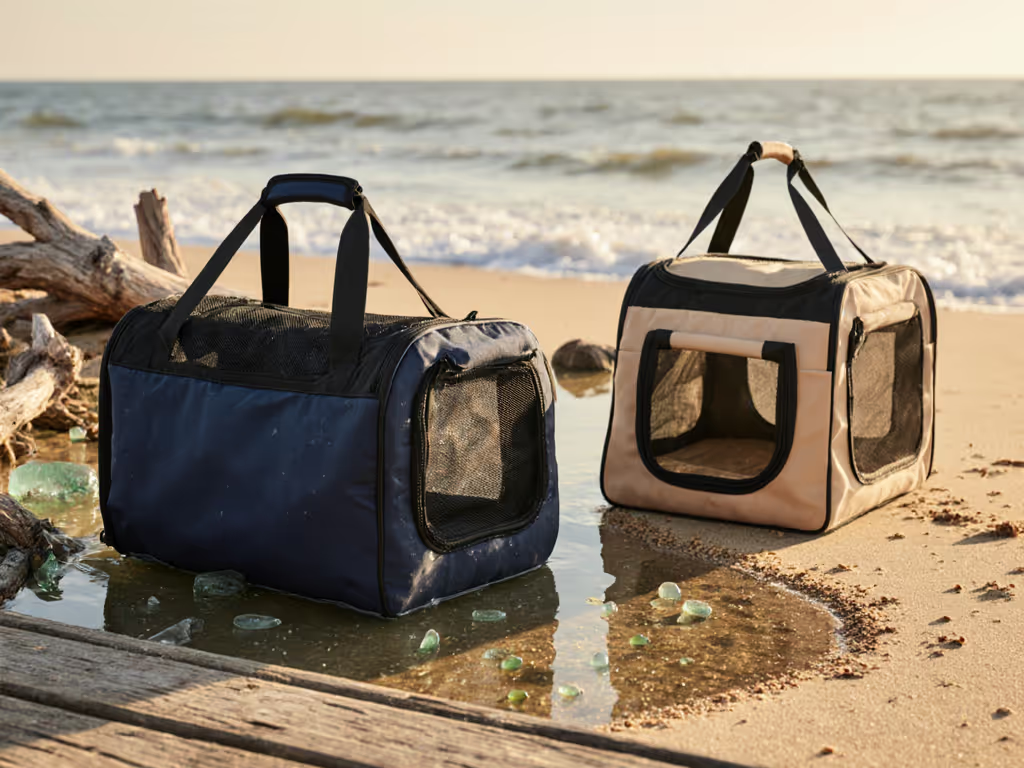
Waterproof vs Sand-Resistant Pet Carriers: Beach Travel Tested
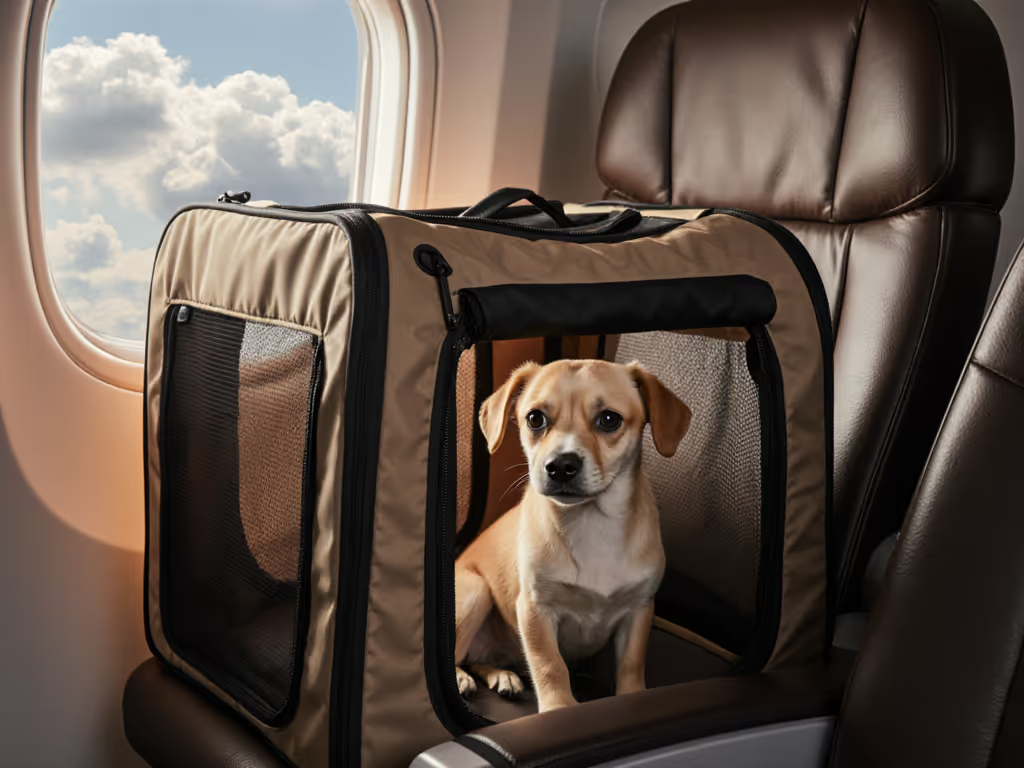
Sensory-Friendly Pet Carrier Guide: Compliant Solutions for Anxious Pets
